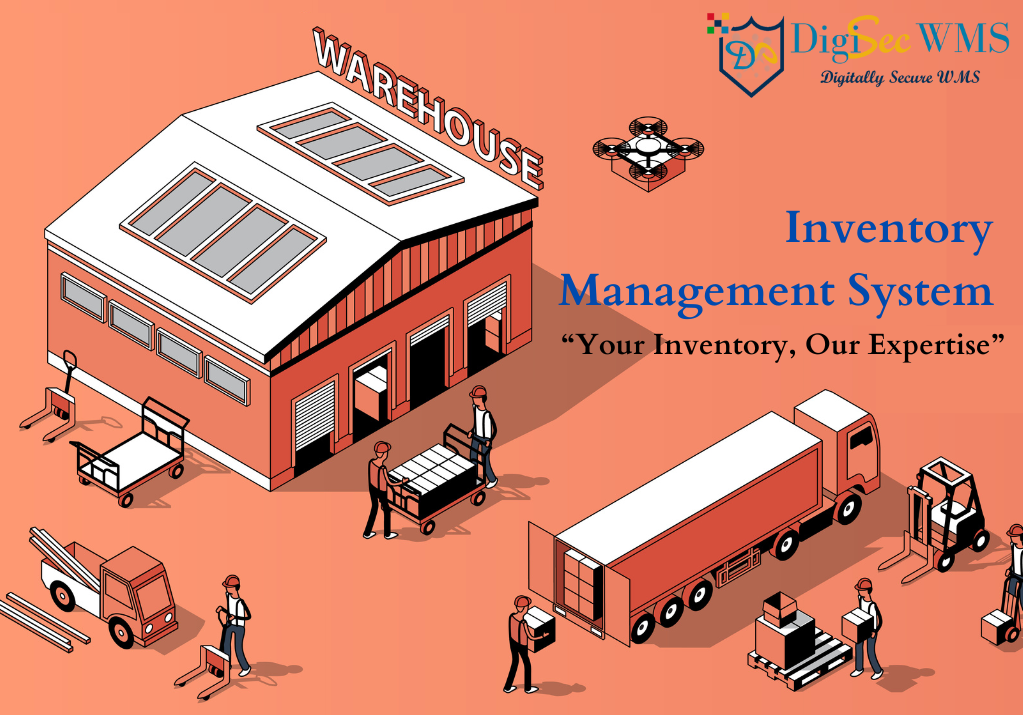Inventory management is the day-to-day activity for some businesses. If you manage a warehouse, operate a retail store, or work in manufacturing and your company is involved in the supply chain, you likely have experience with issues like labor-intensive inventory counts, stock shortages brought on by delayed reordering, or time-consuming inventory counts.
In this situation, it becomes clear that effective inventory management is essential to your company’s seamless operation and overall success.
The success of businesses depends on the implementation of an effective inventory management system, but far too many small business owners continue to operate using antiquated procedures or completely ignore monitoring their inventory levels. Managing your company’s cash flow, workforce, and total assets are all part of inventory management, in addition to your final goods.
If your business has an effective inventory management system in place, it may improve supply chain management, receive more precise inventory data, manage inventory more effectively, and see exponential growth in all areas.

A Deep Dive into Modern Inventory Management
Businesses can manage their inventory levels more successfully and efficiently by using an inventory management system, which offers several advantages.
1. Increasing the Accuracy of Inventory:
Businesses can track their inventory in real time using an inventory management system, which gives them accurate data on the movements and levels of goods. By doing this, the possibility of overstocking or stockouts is decreased since manual data entry errors are eliminated and inventory accuracy is improved.
2. Boosting Productivity:
An inventory management system reduces human error and manual processes by streamlining inventory-related tasks like order processing, billing, and receiving. Inventory management expenses are decreased, time is saved, and efficiency is increased.
3. Reducing Stock outs:
A company experiences stockouts when it runs out of a specific product, which can result in dissatisfied clients and lost sales. Stockouts can be avoided with the use of an inventory management system, which tracks inventory in real time, creates automated reorder points, and sends out notifications when levels drop levels.
4. Improving Data Visibility:
A real-time inventory management system gives you access to data on customer inquiries, sales trends, and inventory levels. Businesses can use this information to make well-informed decisions about their product offerings, marketing plans, and inventory management.
5. Improving Customer happiness:
Companies can increase customer loyalty and happiness by ensuring products are available, delivered on time, and correctly handled.
Every size of business can profit significantly from the use of inventory management software. In addition to preventing stockouts, lowering carrying costs, increasing order fulfillment accuracy, and improving overall customer service, it helps optimize inventory levels. Businesses can more efficiently streamline their processes, increase profitability, and improve inventory control by embracing the features and capabilities of inventory management software.
How to Choose the Best Inventory Management Software
Choosing the best inventory management software for your company might be difficult. It can be difficult to know where to start with the many alternatives available.
Here are some guidelines to help you select the best inventory management software during this process:
- Identify your unique needs: Start with identifying your business requirements. Identify the elements that are essential to your business operations. Having an exact idea of what is needed in business will help you to narrow down the options.
- Conduct Research thoroughly: After you’ve narrowed down your options for software solutions, research thoroughly. Read reviews from reputable sources, conduct side-by-side feature comparisons, and get advice from companies that have already implemented the software.
- Request a demo: A lot of software companies let customers try out their demo versions. Grab the chance to observe the programs in operation and obtain a personal understanding of how they will operate in your company. Demos can offer insightful information and assist you in evaluating the software’s usability and workflow compatibility.
- Engage your Team: Including your team in the decision-making process is crucial. Consult with pertinent parties and learn about their needs and priorities. Making sure the software meets your team’s needs will facilitate acceptance and implementation.
You may confidently choose the inventory management software that best fits your company by considering these variables and paying attention to the recommendations given. Making this choice will enable you to maximize productivity, improve inventory control, and make wise business decisions.
Conclusion
You must now realize that your inventory software does more for you than just keep track of orders, manage them, and prevent stockouts. To save you time, effort, money, and future grief, it streamlines the inventory management processes. Therefore, one of the crucial areas that has a significant impact on your entire productivity is logistics. Therefore, selecting the appropriate inventory management system software will help you significantly increase sales orders and improve customer satisfaction.




